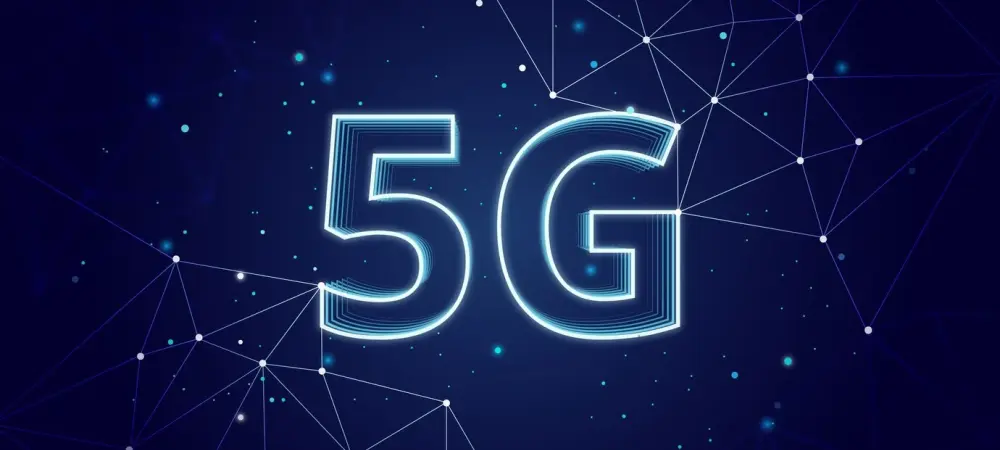T-Mobile has firmly established itself as a leader in the U.S. telecommunications landscape, particularly in the competitive 5G sector, as demonstrated by Opensignal’s recent report and evaluations from Ookla. The focus on 5G leadership has profound implications for consumer connectivity and the broader technological evolution within the industry. In this analysis, we will explore T-Mobile’s current achievements, strategic maneuvers, and insights from industry experts, while casting a lens toward the future of T-Mobile’s 5G offerings.
Current State of T-Mobile’s 5G Network
Data and Growth Trends
Recent data has affirmed T-Mobile’s position as a frontrunner in the 5G market, illustrated by the company’s network performance and significant customer adoption rates. T-Mobile’s network advancements have enabled it to secure approximately a two-year lead over its competitors, contributing to an indomitable market presence. This momentum is reflected in the substantial lead in overall and 5G download speeds, boasting nearly 120 Mbps and 80 Mbps advantages over Verizon and AT&T, respectively.
Real-World Applications
T-Mobile’s robust 5G network is redefining real-world applications across various sectors such as streaming, gaming, and enterprise solutions, highlighting its practical impact. Partnerships with key industry players and successful integrations further underscore network capabilities, demonstrating T-Mobile’s potential to revolutionize user experiences. Noteworthy collaborations, including the partnership with Starlink, display the organization’s commitment to expand and diversify its service offerings.
Expert Insights and Industry Impact
Industry experts recognize T-Mobile’s strategic initiatives as pivotal in reshaping the telecommunications market, setting benchmarks for network reliability and speed. Despite formidable competition from Verizon and AT&T, T-Mobile’s strategic spectrum advantages and technological innovations continue to fortify its market position. Experts further identify challenges such as infrastructure demands and competitive pressures, but commend T-Mobile’s proactive approach in addressing these hurdles by reinforcing its network capabilities.
The dominance of T-Mobile instigates broader repercussions, prompting competitive shifts within the telecommunications industry. Verizon and AT&T are compelled to intensify their 5G strategies to match T-Mobile’s advancements, signifying an industry-wide focus on innovation and technological growth. These events illustrate an era of heightened competition, in which T-Mobile’s influence shapes the future directions of mobile connectivity solutions across the United States.
Future Outlook for T-Mobile and 5G Technology
T-Mobile’s vision for its 5G network encompasses accelerated technological advancements and strategic market engagements, fostering continued growth and market solidity. With initiatives such as the potential acquisition of UScellular, T-Mobile aims to enhance network depth in key regions, leveraging UScellular’s infrastructure to intensify coverage capabilities. T-Mobile’s strategic foresight positions it as a key player in driving the future of 5G technology, adapting to evolving consumer demands and technological breakthroughs.
While challenges such as regulatory hurdles and competitive dynamics loom, T-Mobile’s capacity to innovate and adapt stands out as a formidable asset. Opportunities for broader network integration and partnerships could further elevate T-Mobile’s stature, shaping the trajectory of mobile communication evolution. The industry is poised for continued transformation, with T-Mobile’s strategies likely to inspire ongoing advancements and competitive vigor.
Conclusion
Key milestones outlined in the analysis showcase T-Mobile’s steadfast leadership in 5G technology, marked by exceptional network performance and impactful strategic approaches. The forward-thinking initiatives of T-Mobile have cemented its standing as a dominant force, driving crucial industry shifts and consumer benefits. Future developments in T-Mobile’s strategies and partnerships are expected to maintain its trajectory of innovation and market influence. With these progressive elements, T-Mobile remains at the forefront, continuing to lead the way in redefining connectivity for the future.

